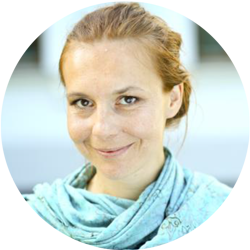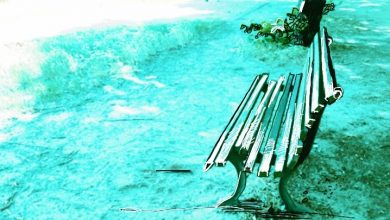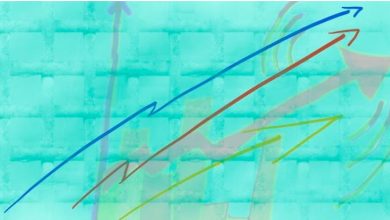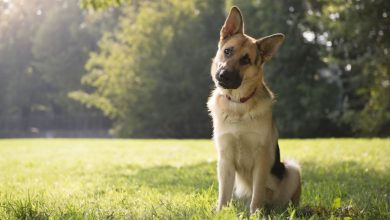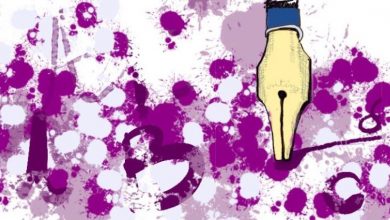Competence as a Metaphor
You are invited for a journey to get familiar with ESM competences and to encourage you to illustrate yourself as a learner in this particular context.
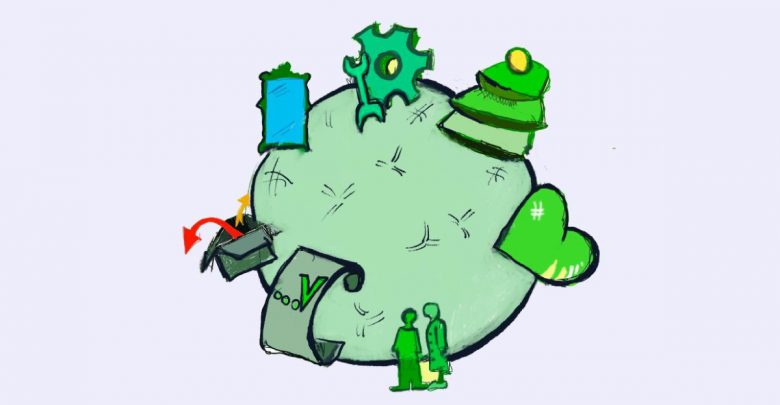
Why did I choose this tool?
This article invites us for creative exploration through visual images.
How does this apply to a trainer?
The trainer needs to be equipped with different tools which require different expressions. This exercise calls for unconventional exploration. The trainer would need to work actively, to draw and analyze, while at the same time discover himself and his own perception.
Main content:
The European Training Strategy Competence Model (ETSCM ) defines 7 competence areas, targeting trainers, youth workers and youth leaders working on an international level:
- Understanding and facilitating individual and group learning processes
- Learning to learn
- Designing educational programs
- Cooperating successfully in teams
- Communicating meaningfully with others
- Intercultural competence
- Being civically engaged
The self-assessment tool is provided on SALTO
website: https://www.salto-youth.net/rc/training-and-cooperation/trainercompetencedevelopment/trainercompetences/
Excercise:
Materials:
Take 20 blank pieces of paper and something to draw and write with.
Sit down comfortably, and start your journey.
PHASE – me as a learner
1 step: Imagine we enter a huge gallery, and the main topic is „learning”.
Instead of a ticket, they ask you to describe yourself as a learner and symbolize it with a simple drawing.
To do so, you take 10 white papers.
You are asked to think about YOU as a learner. Make a big square frame on a first plane paper and draw first impression.
Don’t think too much, allow your subconscious to lead your hand.
- step. When you are ready with the first illustration, look at it carefully. What would you like to change? Usually the first image is not as precise as we would like to.
Take a second paper, and based on the first drawing, try to improve it. Make a similar square frame. Keep all the elements that you like, add or delete others . Change shapes if needed.
- step: When you are ready with the second illustration, look at it carefully. What would you like to change? Usually the second image is also not as precise as we would like to.
Continue like this with the next drawings.
Research shows that to make precise visualization of our thoughts we need maximum 10 tries.
- When you have the final image, compare it with the first one. What is different? What kind of qualities were added, what was deleted? Make notes for yourself.

List the differences:
………………………………………….
List the similarities:
………………………………………….
How would you describe yourself as a learner?
……………………………………….
PHASE: Me in a context of competences.
Look at each following illustration of a competence and try to add your personal image into the drawing (context).
You may print out the images or to copy them manually, they are easy to draw, so no worries.
Let’s draw!
1. Understanding and facilitating individual and group learning processes:
Draw yourself in this image. Change whatever you need in the illustration. Write down why you made the change or if you didn’t, why not. What is a key element for you in this competence? ……………………………………………
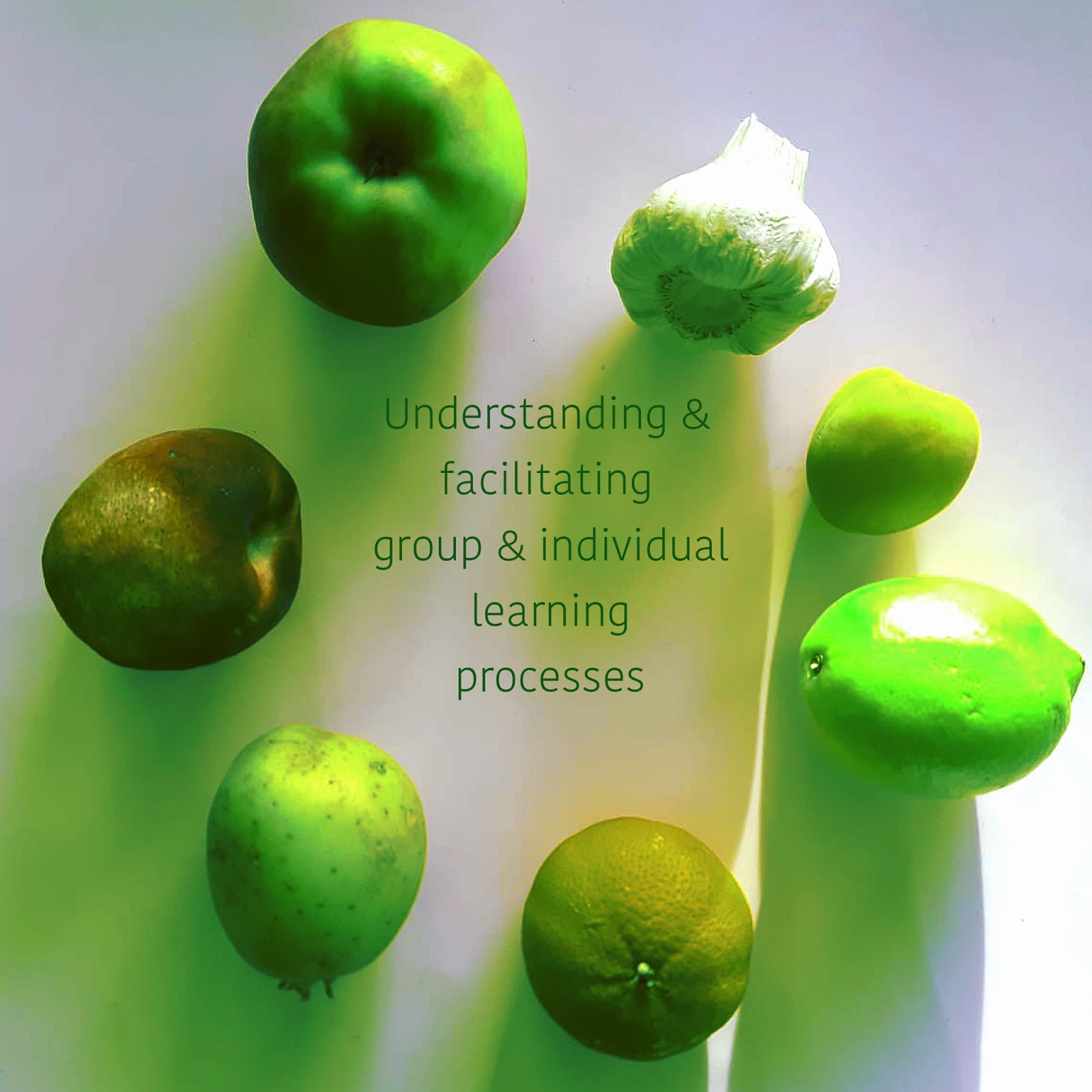
2. Learning to learn. Draw yourself in this image. Change whatever you need in the illustration.
Write down why you made the change or if you didn’t, why not.
What is a key element for you in this competence? ……………………………………………
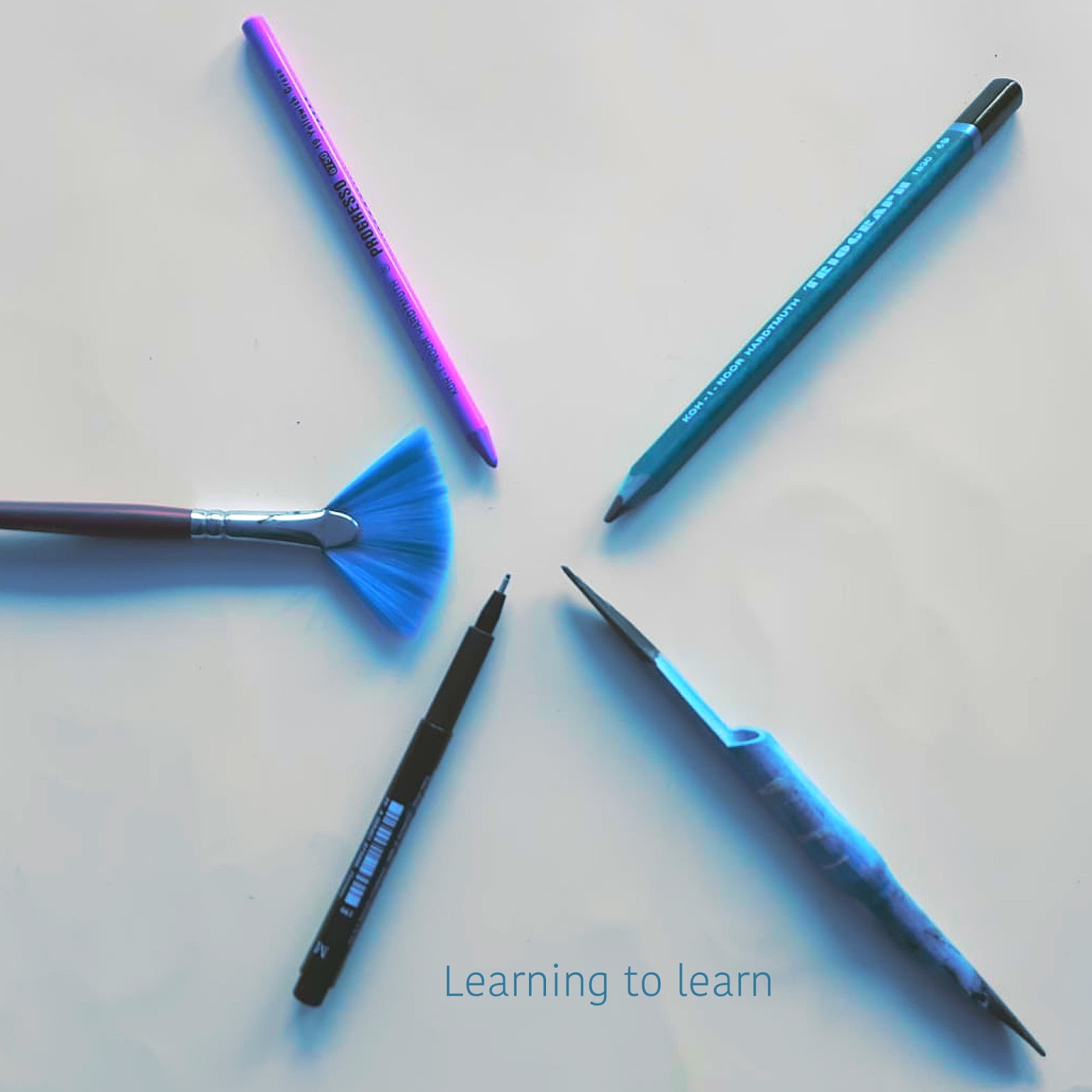
- Designing educational programs. Draw yourself in this image. Change whatever you need in the illustration.
Write down why you made the change or if you didn’t, why not
What is a key element for you in this competence? ……………………………………………
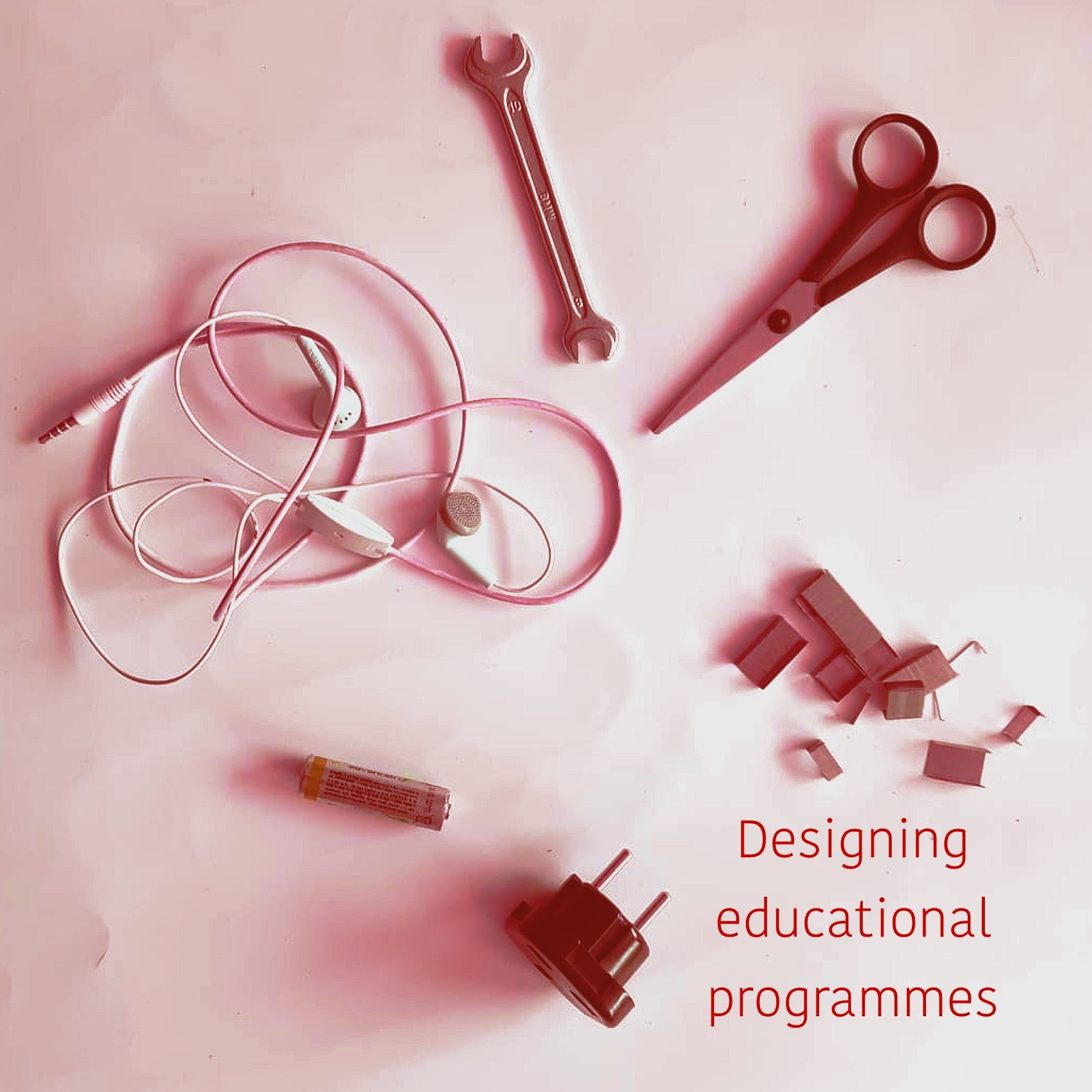
- Cooperating successfully in teams. Draw yourself in this image. Change whatever you need in the illustration.
Write down why you made the change or if you didn’t, why not.
What is a key element for you in this competence? ……………………………………………
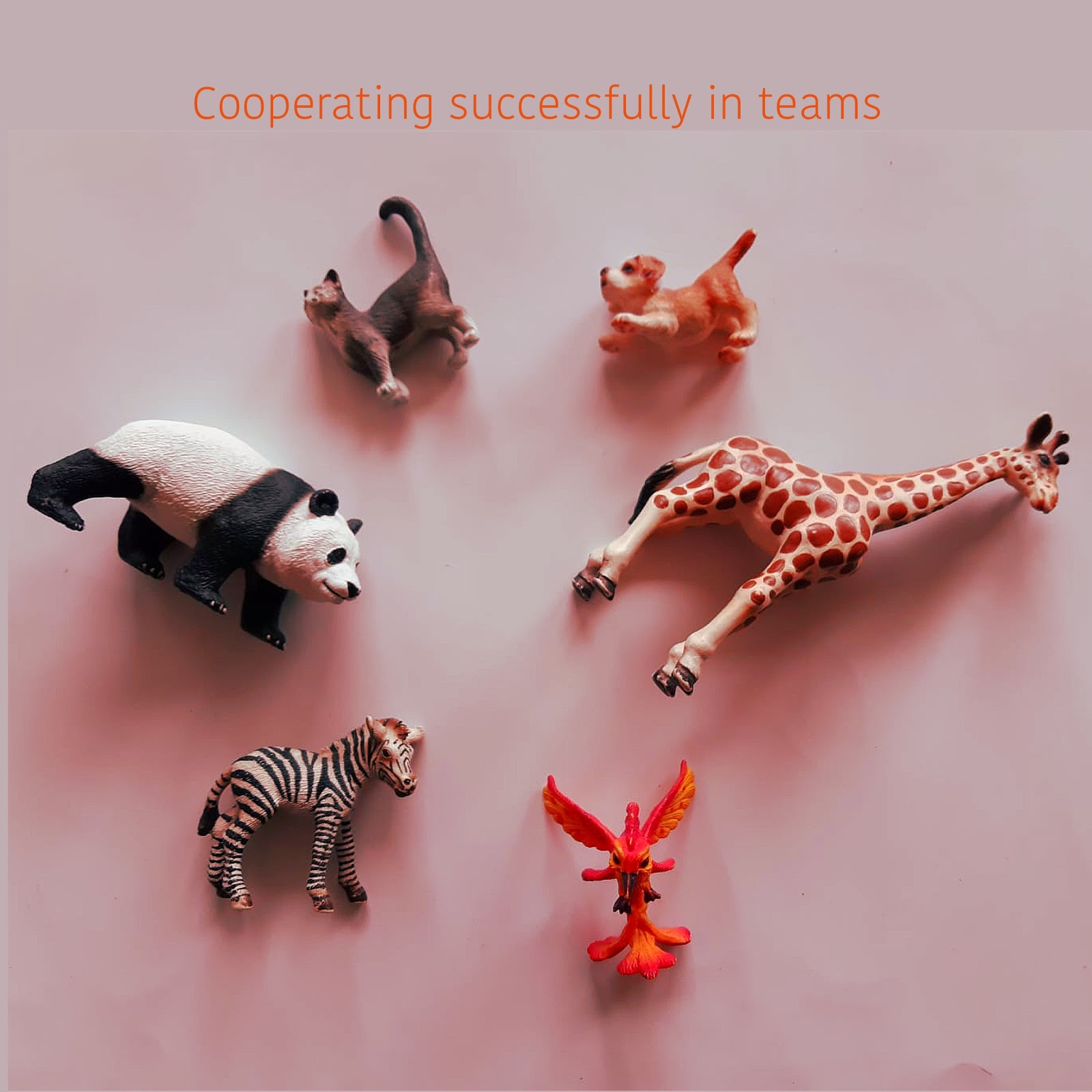
5. Communicating meaningfully with others. Draw yourself in this image. Change whatever you need in the illustration. Write down why you made the change or if you didn’t, why not.
What is a key element for you in this competence? ……………………………………………
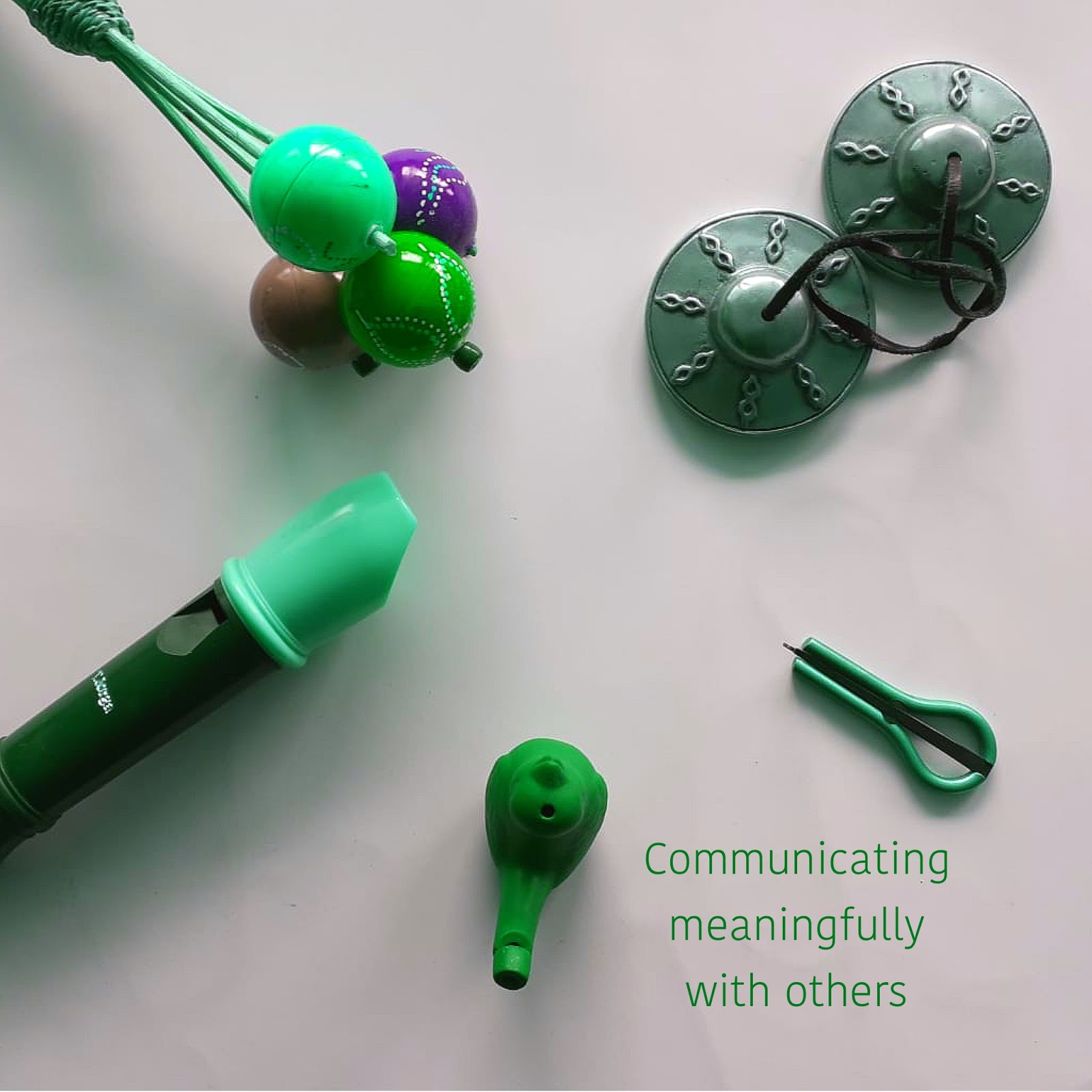
- Intercultural competence. Draw yourself in this image. Change whatever you need in the illustration.
Write down why you made the change or if you didn’t, why not.
What is a key element for you in this competence? ……………………………………………
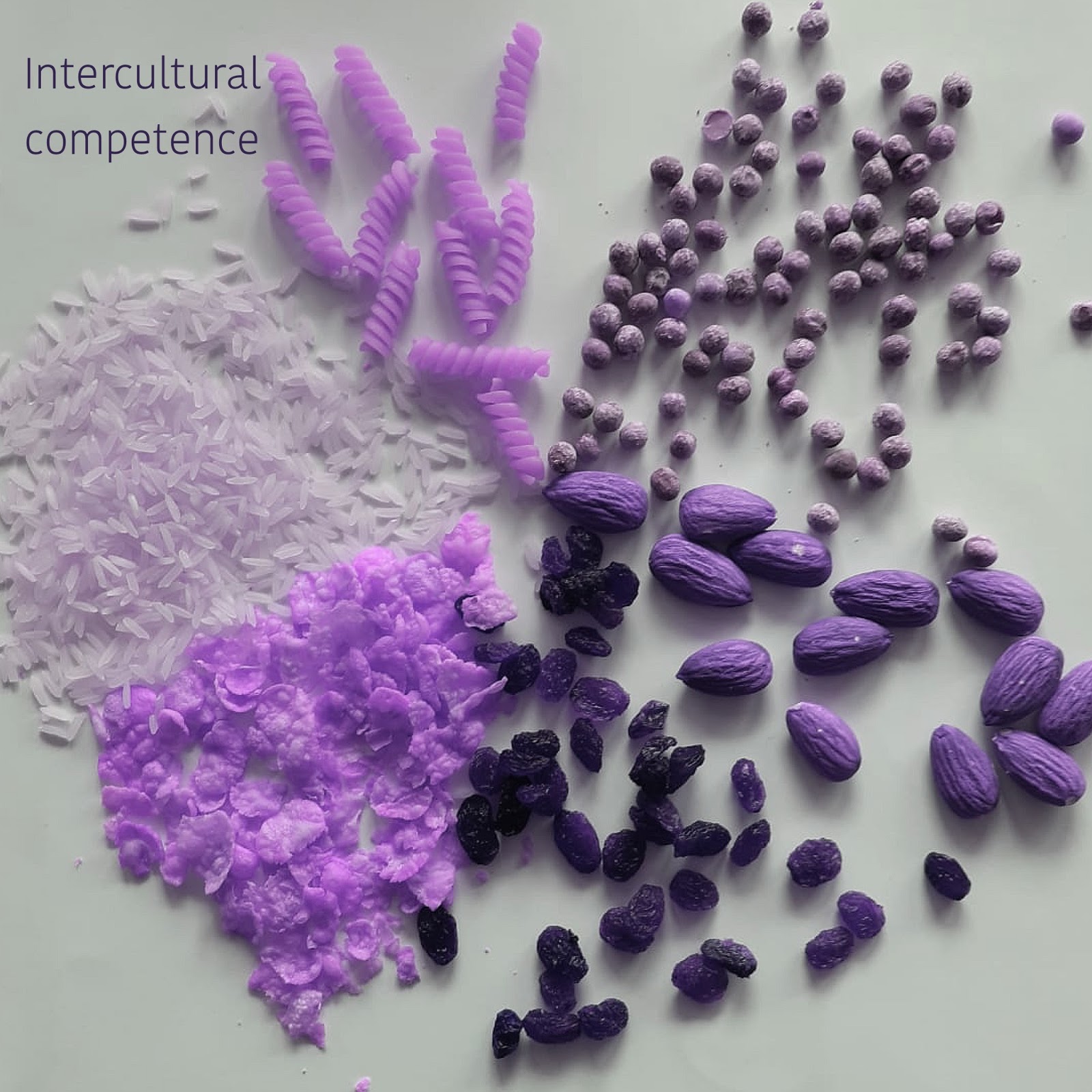
7. Being civically engaged. Draw yourself in this image. Change whatever you need in the illustration.
Write down why you made the change or if you didn’t, why not.
What is a key element for you in this competence? ……………………………………………
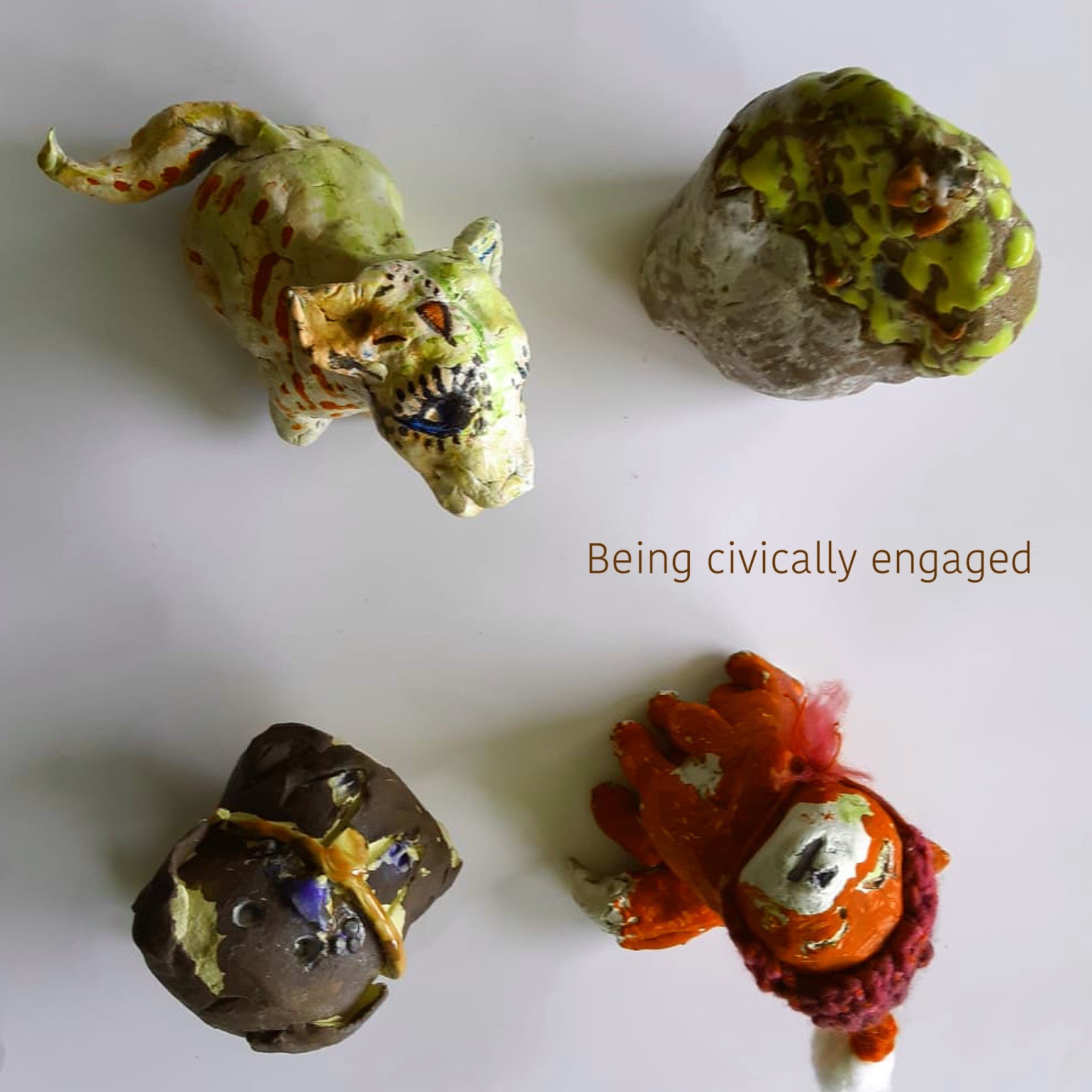
Reflection questions:
- What other medium could reflect your understanding of competencies that would not be an illustration or a word?
- What is your attitude towards this form of expression? Do you prefer to stay on the first draft or do you still feel the value of working on the idea further?
